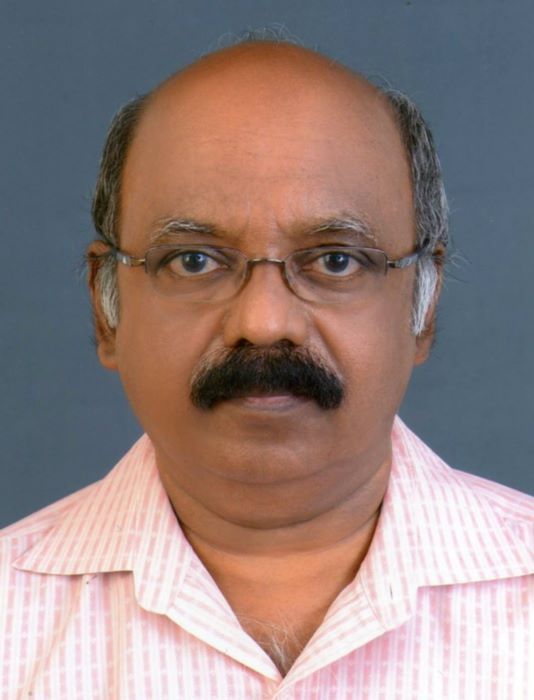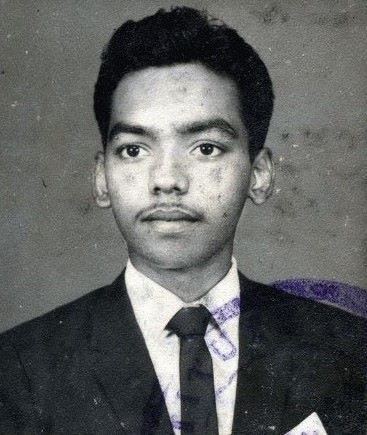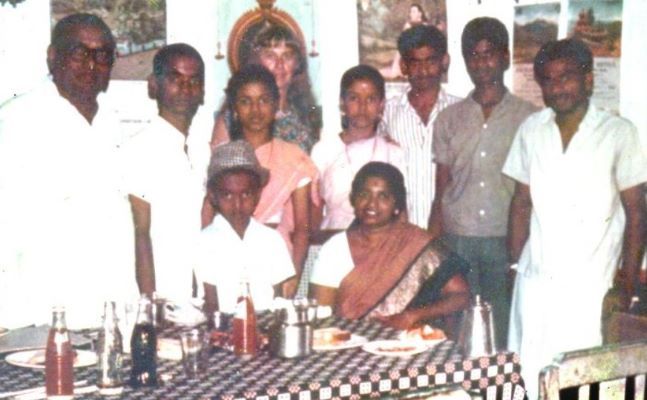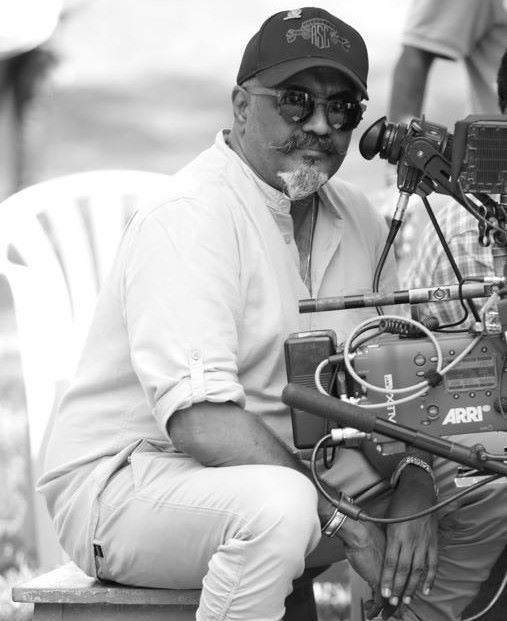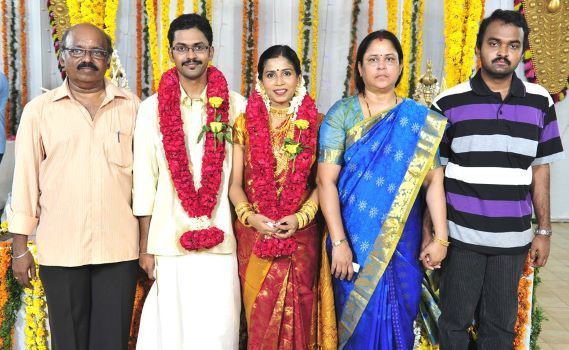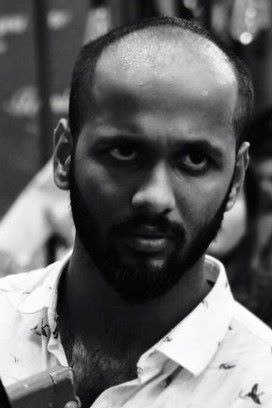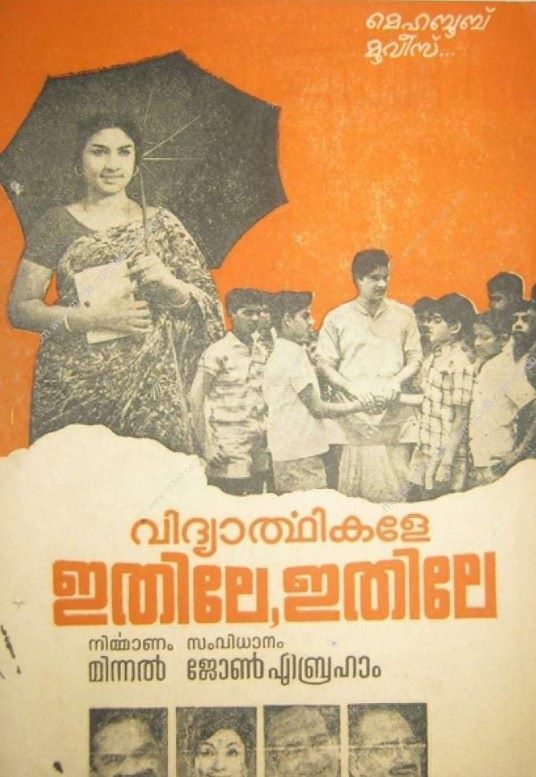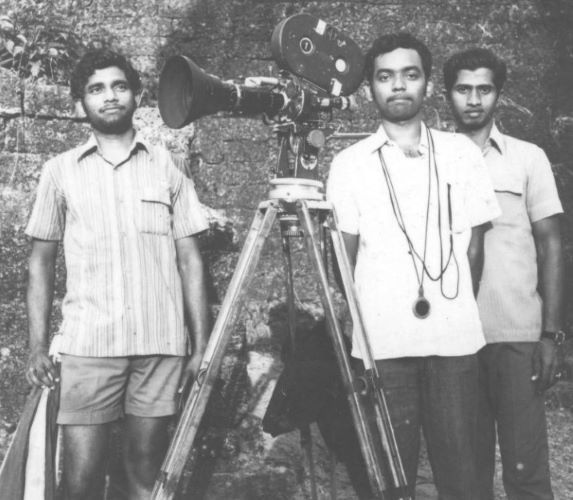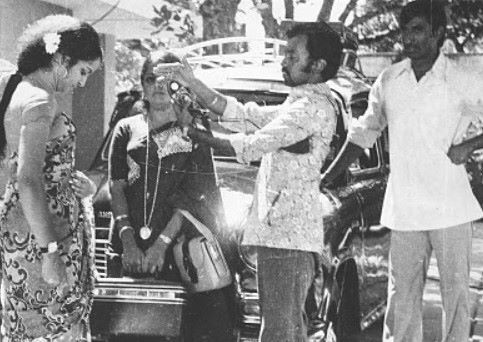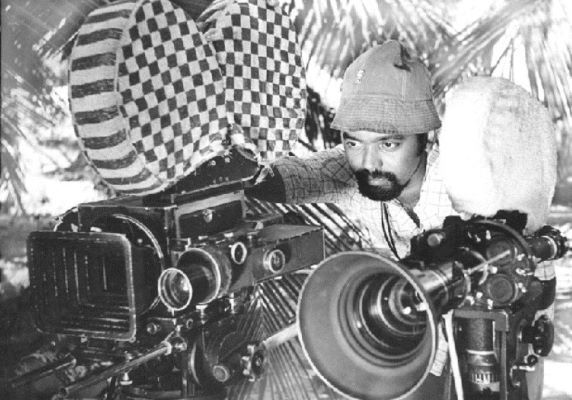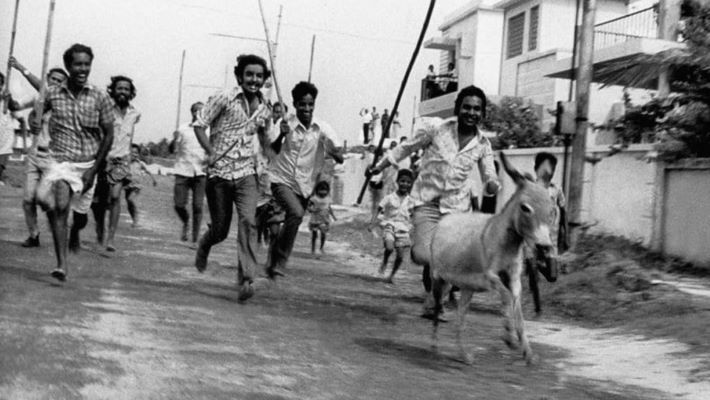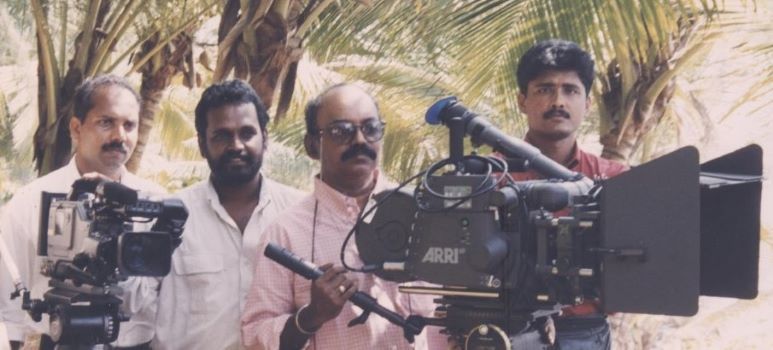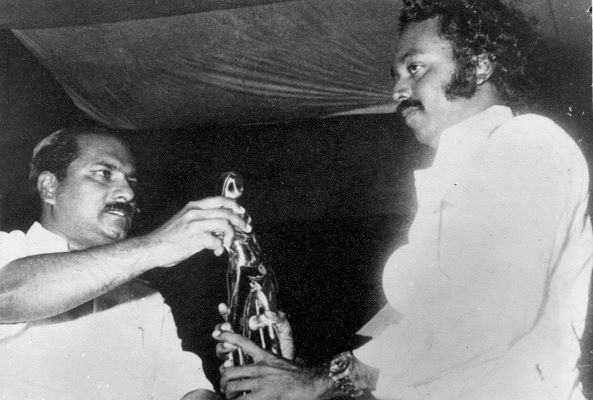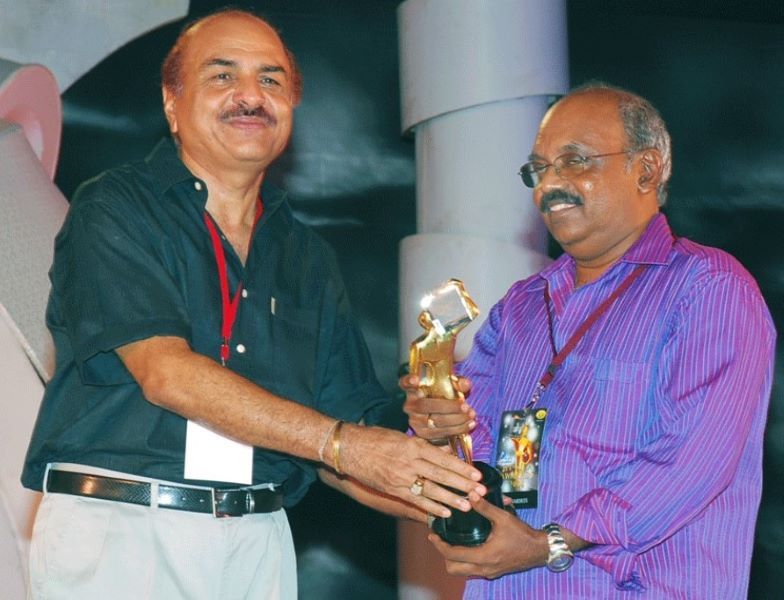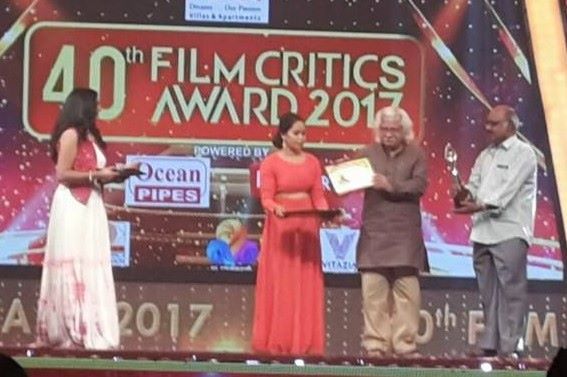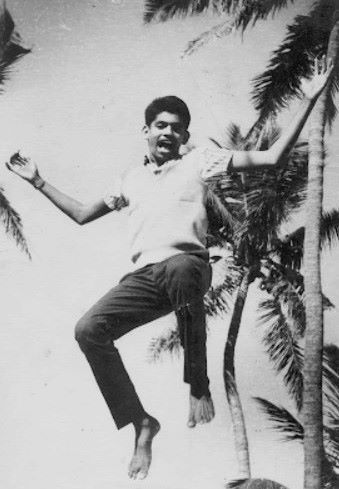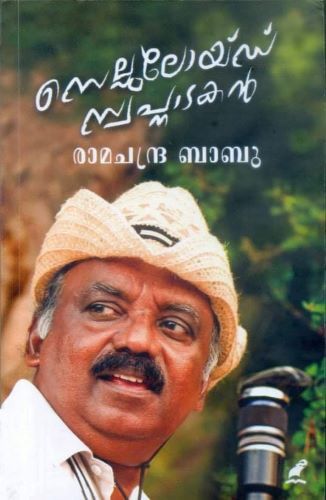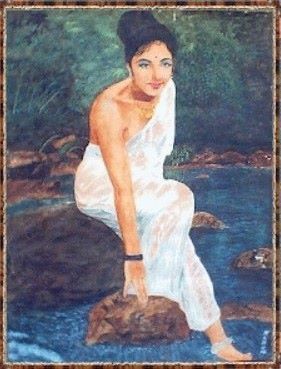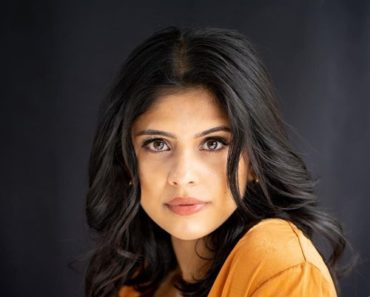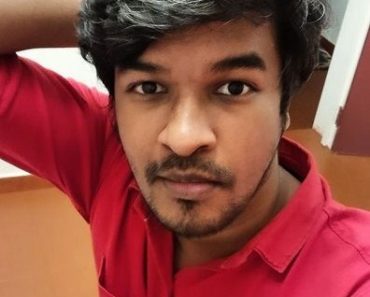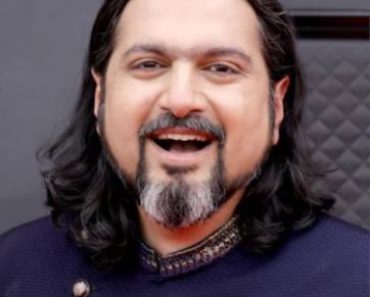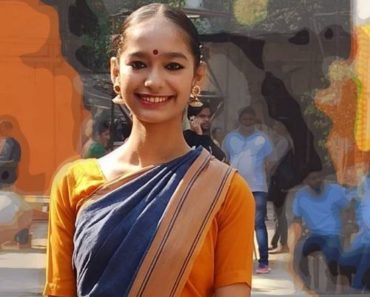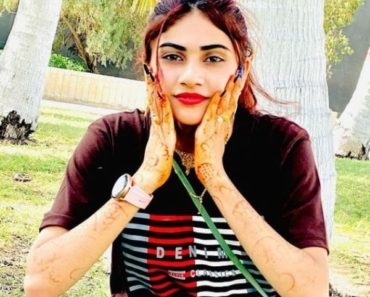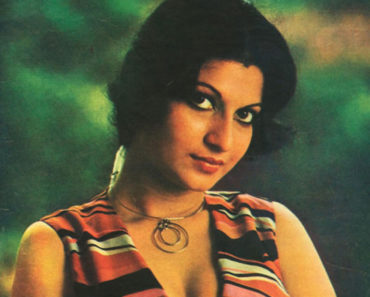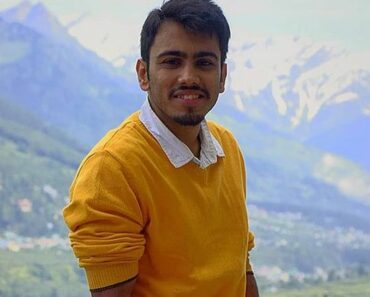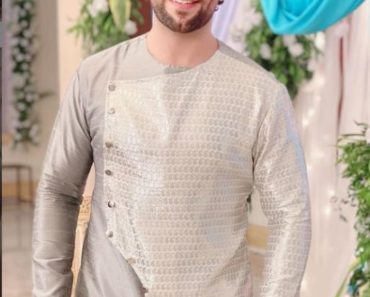Ramachandra Babu (1947-2019) was an Indian cinematographer with over 130 films in multiple languages. His works were predominantly in the Malayalam film Industry. His notable films are Nirmalyam (1973), Chamaram (1980), Oru Vadakkan Veeragatha (1989), and Kanmadam (1998). He is also one of the founding members of the Indian Society of Cinematographers (ISC), established in 1995. He passed away on 21 December 2019 after suffering a cardiac arrest.
Contents
Wiki/Biography
Kunjan Ramachandra Babu was born on Monday, 15 December 1947 (aged 72 years; at the time of death) in Maduranthakam, Chengalpattu District, Madras Presidency, (now, Tamil Nadu), India. His zodiac sign is Sagittarius. He was a bright student who got double promotions in various grades at school. He finished school at the age of 14 years. He graduated with a B.Sc (Chemistry) in 1966 from Loyola College in Chennai after which he got a Diploma in Cinema (Motion Picture Photography) at the Film Institute of India at Poona which is now known as the Film and Television Institute of India (FTII) in Pune. [1]Indian Society of Cinematographers
Physical Appearance
Height (approx.): 5′ 8″
Hair Colour: Salt and Pepper (Bald)
Eye Colour: Black
Family & Caste
Ramachandra Babu is from a Keralite Hindu family settled in Marudanthakam, Tamil Nadu. He is from the Pillai community, which is part of the Nair caste.
Parents & Siblings
Ramachandra Babu’s parents are Kunjan Pillai and Padmini Amma. His parents are both from Alappuzha, Kerala. He is the eldest of their seven children.
His youngest brother Ravi K. Chandran, is an established cinematographer and film director. He is known for his films Virasat (1997), Dil Chahta Hai (2001), and Saawariya (2007).
Wife & Children
Ramachandra Babu married K. Lathika Rani in 1982. His children are Abhishek R. Babu and Abhilash R. Babu.
Other Relatives
His nephew Santhana Krishnan Ravichandran is a cinematographer with the majority of his works in Bollywood. Some of his notable works are Two Countries (2015), Baaghi 2 (2018), and Kabir Singh (2019).
Signature/Autograph
Career
Malayalam Films
It was during the third year of his Film and Television Institute of India (FTII) course that he worked on his first film as the lensman of the film Vidhyarthikale Ithile Ithile (1971). The film was directed by John Abraham, one of his seniors from FTII.
He was the cinematographer of Nirmalyam (1973), the directorial debut of M. T. Vasudevan Nair. It featured P. J. Antony, Sukumaran, and his batchmate Ravi Menon in one of the lead roles. It won many awards.
He was also the cinematographer of the film Swapnadanam (1976), the directorial debut of K. G. George. These two films established Ramachandra Babu in the field of cinematography in the film industry.
Ramachandra Babu’s first colour film was Dweepu (1977) directed by Ramu Kariat. It won him the Best Cinematographer Award at the Kerala State Film Awards. He also won awards for Rathinirvedam (1978), Chamaram (1980), and Oru Vadakkan Veeragatha (1989).
He introduced many technical upgrades in the field of cinematography. He was the first cinematographer in South Indian Cinema to work on a cinemascope film, which was Alauddinum Albhutha Vilakkum (1979). However, its release was delayed, and as a result, Thacholi Ambu (1978) became the first cinemascope South Indian film. He was also the cinematographer of the first 70mm film in Malayalam, Padayottam (1982).
Other Language Films
The film Agraharathil Kazhuthai (1977), directed by John Abraham, was his first Tamil film as a cinematographer. Some of the other notable Tamil films for which he did cinematography are Ore Vaanam Ore Bhoomi (1979), Paadum Vaanampadi (1985), and Pagal Nilavu (1985).
The film Tholireyi Gadichindi (1977) was his one and only Telugu film as a cinematographer. He was the cinematographer for Rajiv Anchal’s English language film Beyond the Soul (2002). Ramachandra Babu did the cinematography of the Arabic film Al-Boom (2006) directed by Khalid Abdul Rahim Al Zadjali. It was featured in various international film festivals.
His last film as a cinematographer was the Malayalam film, Ven Shankhu Pol (2011).
Awards & Honours
- In 1976, Ramachandra Babu won the Best Cinematography Award at the Kerala State Film Awards for the film Dweepu.
- In 1978, he won the Kerala State Film Award for Best Cinematography for the film Rathinirvedam.
- In 1980, the film Chamaram won him the Kerala State Film Award for Best Cinematography Award.
- In 1981, he won the Best Cinematography Award at the Kerala Film Critics Awards for the film Nidra directed by Bharathan.
- In 1989, he won the Kerala State Film Award for Best Cinematography for the film Oru Vadakkan Veeragatha.
- In 2008, he received the Lifetime Achievement Award from the Southern India Cinematographers Association (SICA).
- In 2009, he won the Best Cinematography Award at the Kerala Film Critics Awards for the film Kadaksham.
- In 2017, he received the Chalachitra Pratibha Award at the Kerala Film Critics Awards for his contribution to the film industry.
Death
Ramachandra Babu was on a location hunt at Kozhikode for his directorial debut, Professor Dinakan, a 3-D film, when he collapsed due to a fatal heart attack. Even though he was rushed to the hospital, he passed away on 21 December 2019. He was cremated with full state honours at Santhi Kavadam in Thycaud, Thiruvananthapuram, Kerala. [2]The Hindu
Facts/Trivia
- After his graduation, he considered various career options such as paper technology or chartered accountancy. It was his interest in taking and developing photographs that led him to choose a course at the Film Institute.
- His first published photo was submitted during his admission to the Film and Television Institute of India (FTII). It was published in the Tamil Magazine, Kalki. The model was one of his younger brothers.
- Ramachandra Babu is the author of the book Celluloid Swapnatakan. The book published by Mathrubhumi Publications in December 2019, is an autobiography of his cinematography career. [3]The NEWS Minute
- The first shot in his career was a close-up shot of actress Jayabharathi, for the film Vidhyarthikale Ithile Ithile (1972). She expressed concern over the lighting techniques of Ramachandra Babu, as it was not the usual pattern she has seen so far in the industry.
- Jaya Bhaduri, Danny Dengzopa, Ravi Menon, and K. G. George were his batchmates from the Film and Television Institute of India (FTII).
- He was a voracious reader and wrote poems and blogs. He was also a painter.
- He connected creativity with technology by developing Cineku, a platform for short film creation. The name Cineku is inspired by the short poems termed Haiku.
References
| ↑1 | Indian Society of Cinematographers |
|---|---|
| ↑2 | The Hindu |
| ↑3 | The NEWS Minute |

